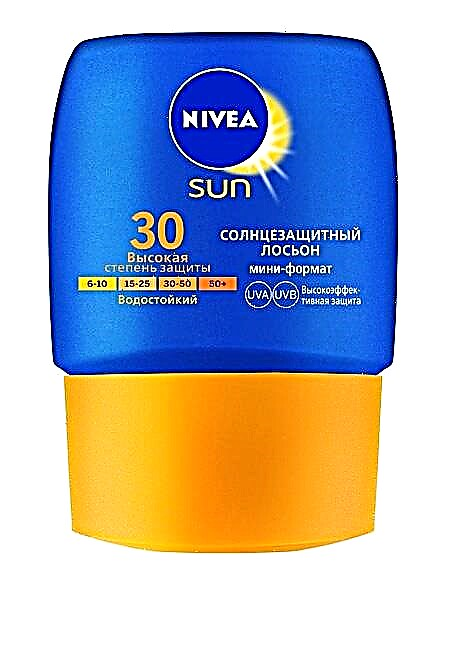The first sewing machines were able to perform only a straight line. Modern models have such wide functionality and capabilities that it was hard to imagine even 50 years ago.
The very first changes concerned the design of the shuttle and the ability of the needle to move left and right, so that the sewing machine ceased to be straight-line, and began to perform zigzag and other more complex stitches. Today, the number of lines is limited only by the capabilities of a particular sewing machine for their implementation, but, the main limitation is the imagination of the developers when creating more and more new versions and modifications of household sewing machines.
Modern household sewing machines, whether mechanical or computer-controlled, have enormous capabilities, crammed with all kinds of chips for user convenience and a variety of functions not only for sewing.
Sewing machine: history of invention and evolution
LCD touch screen

The display shows a menu with the full functionality of the machine: all available operations, tips, instructions, automatic settings. Communication takes place using the stylus - a special pen.
Start-stop button: sewing without pedal

The ability to sew without using the pedal is provided by a special button: to start sewing or stop the machine, press it. When the pedal is connected, this button is automatically disabled.
High speed
The fastest household sewing machines perform up to 1,500 stitches per minute.
Integrated upper fabric conveyor

During sewing, the speed of movement of the lower layer of fabric is greater than the speed of movement of the upper layer, which can lead to displacement of parts relative to each other. The built-in upper conveyor allows both layers of material to be fed simultaneously, as in industrial sewing machines, avoiding movement. It can be turned on and off as needed. The upper conveyor makes it easier to work not only with thick fabrics and when quilting several layers at the same time, but also when sewing from complex and delicate fabrics such as silk and chiffon. And also, when it is necessary to achieve a perfect match of the pattern of checkered or striped fabrics.
The built-in conveyor allows you to work with any foot, providing high-quality stitches.
In addition to the top conveyor, the function of maximum lifting of the foot is provided for the convenience of working with multilayer products.
Reverse, bind and thread cut

The reverse function is indispensable when making stitches, darning, sewing appliqués. The automatic fastening and thread trimming function allow you not to waste time manually performing these operations.
Line direction
Any sewing machine performs a straight stitch forward. Some have a reverse line function. And the most advanced models can sew across!
Decorative stitches

Due to their technological features, machines with mechanical control have a limited number of stitches, since they cannot execute stitches of complex shape. All kinds of ornaments, scalloped stitches, stitches with satin stitch, cross stitch, hemstitch, openwork and wide decorative stitches that “draw” stars, flowers, monograms on fabrics with the power of only computer-controlled machines. In such machines, the number of decorative stitches can be in the hundreds.
In addition, such machines have the function of modifying any decorative stitch by changing the length and width of the stitch. There are models that perform decorative stitches in mirror image.
Some models of computer-controlled sewing and embroidery machines allow you to create your own decorative lines - just draw a line on the machine’s screen and then embroider it!
Alphabet
Some models have in their arsenal several alphabets with the possibility of formatting. The built-in memory function allows you to save selected settings, created combinations of letters and designs from letters and decorative elements.
Hinges
Almost all electromechanical machines perform loops, as a rule, in a semi-automatic mode in four steps without turning the fabric. Some of them loop automatically according to the size of the button, using a special foot for buttonhole. Other types of loops, such as "eye", are available only to computerized sewing machines. They execute them exclusively in automatic mode in accordance with the size of the button, either using a special foot, or, the loop parameters are set using special functionality.
The number of loops can vary up to 10 or more.
Fabric recognition
Some computer machines have a device that automatically sets the tension depending on the selected fabric and stitch.
In complex computer-controlled machines, automatic pressure adjustment of the presser foot on the fabric and special control over its constancy are provided.
Automatic needle puncture force regulator
Thanks to this device, a modern sewing machine can carefully sew thin fabrics and can easily cope with thick and rough multilayer seams, for example, on denim.
Automatic raising and lowering of the needle
Thanks to this function, you can lock the position of the needle while stopping sewing in the upper or lower position. In this case, you will no longer have to turn the handwheel manually, the needle will always stop itself in the position that you set.
Help and hint system "Sewing Advisor"
The screen displays the current machine settings. When choosing a specific sewing operation, the machine itself will tell you which settings to choose, the presser foot and the needle. Some machines do not allow you to select an excessive stitch width for a particular stitch, do not start sewing with the foot raised, and warn that the threads on the bobbin will end soon. The most sophisticated machines are equipped with detailed short video instructions.
Automatic threading
This useful tool is designed to make it easier to thread the needle. A very relevant function for those with poor eyesight.
Knee lifter

A device with which you can lower and raise the foot without hands.
Presser foot level adjustment
This function helps to lay a straight line in places where the thickness of the fabric is uneven - when switching from one section to another in several seams, for example, when sewing jeans, or at the place where fabrics of different densities are joined.
Embroidery unit

All sewing and embroidery machines are equipped with it. Such machines can boast of the presence of automatic programs for sewing, built-in designs for embroidery, stitching in different directions for quilting.
How to choose the first sewing machine
Photo: sewingmachinesplus.com



